Do you have a question about the Piper PA-38-112 and is the answer not in the manual?
| Manufacturer | Piper Aircraft |
|---|---|
| Model | PA-38-112 |
| Horsepower | 112 hp |
| Maximum Takeoff Weight | 1, 670 lb (757 kg) |
| Seating | 2 |
| Engine | Lycoming O-235 |
| Maximum Speed | 126 mph (203 km/h) |
| Cruise Speed | 100 knots |
Details about the aircraft's engine specifications.
Specifies takeoff, landing, and baggage weight limits.
Details design maneuvering speed (VA) at different weights.
Describes color-coded ranges on the airspeed indicator.
Lists engine operating limits, oil pressure, fuel pressure, and grade.
Specifies maximum weight and baggage limits.
Provides C.G. limits for Normal and Utility categories.
Specifies total and usable fuel capacity and limitations.
Checklist for stall speeds and engine inoperative procedures.
Procedures for engine failures during takeoff and flight.
Procedures for engine fires during start and in flight.
Actions to take in case of oil pressure loss.
Procedures for dealing with fuel pressure loss.
Actions to take for high oil temperature.
Steps to take when the alternator fails.
Procedure for recovering from an unintentional spin.
Procedures for pitot-static system failures.
Covers cockpit, left wing fuel, landing gear, nose section, right wing, fuselage, empennage, and system checks.
Details procedures for starting the engine in various temperature conditions and with external power.
Final critical checks before takeoff.
Covers normal, short field, and soft field takeoff techniques.
Essential procedure for climbing after takeoff.
Critical procedures for approaching and landing.
Covers cockpit, left wing fuel, landing gear, nose section, right wing, fuselage, empennage, and system checks.
Critical procedure for engine ignition.
Final critical checks before takeoff.
Core procedures for all takeoff types.
Essential procedure for the climb phase.
Critical procedures for approaching and landing.
Information on stall indications and slow flight.
Crucial information for safe and legal operation.
Critical emergency procedure for spins.
Explains how to calculate the C.G. arm.
Crucial for tracking aircraft weight and balance changes.
Essential for ensuring safe loading and C.G. compliance.
Details the fuel tanks, selector, and quantity gauges.
Describes the aircraft's electrical system components, warnings, and operation.
Describes the pitot-static system and its components.
Describes the operation and safety of the portable fire extinguisher.
Details inspection items and intervals for airworthiness.
Details fuel system servicing, requirements, filling, and draining.
Provides specific safety recommendations for pilots.
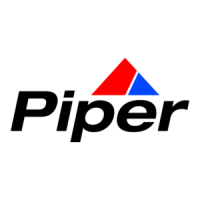




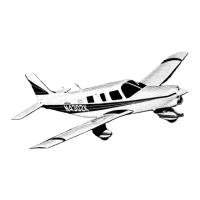



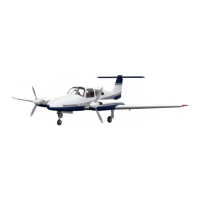
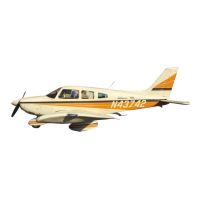
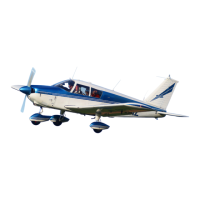
